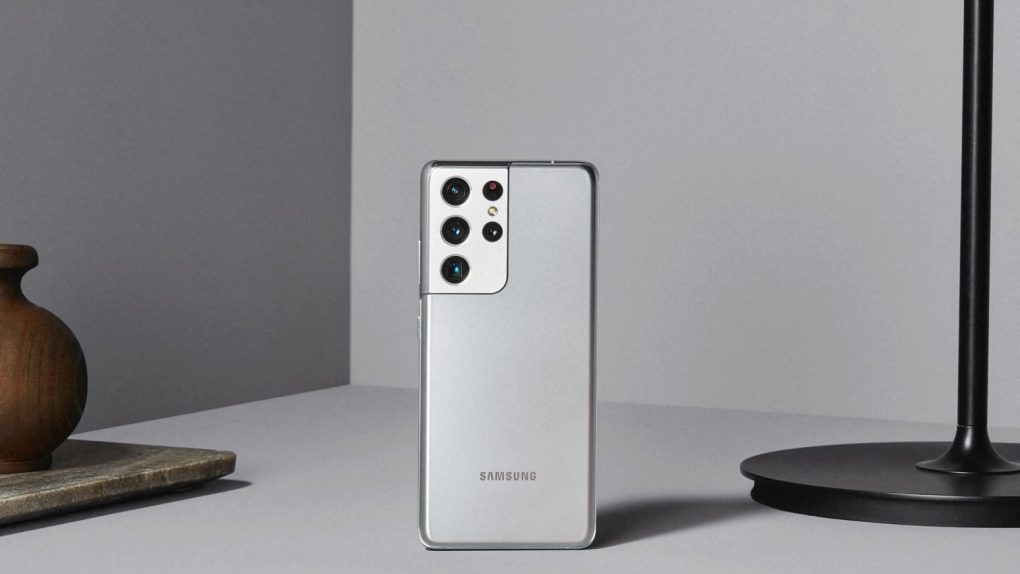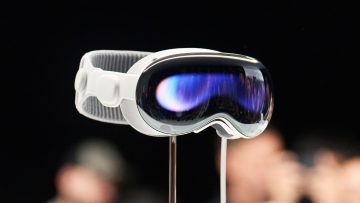Samsung on Thursday announced it’s ready to mass-produce a brand new image sensor, one that was rumored for a few weeks. That’s the “industry’s smallest 0.64-micrometer (μm)-pixel image sensor,” the 50-megapixel Samsung Isocell JN1. This might sound like the next-gen camera tech to equip future Samsung flagships, but that’s not quite so. The 1/2.76-inch sensor might be used in future high-end devices, but it’s unlikely to be utilized as the primary camera. Instead, Samsung targets mid-ranged handsets with the JN1, where the sensor could be employed in several positions, including the primary rear camera on the back and even the selfie camera.
Bigger pixels produce better images; that’s an argument we’ve heard over and over in the “pixel wars” that we’ve witnessed since the original iPhone redefined the smartphone nearly 15 years ago. But with the Isocell JN1, Samsung did the opposite. The 0.64μm sensor is the industry’s smallest.
Samsung explains that JN1’s 1/2.76 size is actually what it’s going for. The sensor size allows smartphone makers to incorporate it into current smartphone designs without worrying about internal space. And the Isocell JN1 is also supposed to be thinner than previous solutions. The JN1 can be used for any camera on the back of a phone, whether it’s the primary, ultrawide, or telephoto lens. And it’s small enough to serve as a selfie camera if needed.
The company also explained that while the sensor features the industry’s smallest pixels, it also supports pixel-binning technology. This allows the device to increase the pixel size by combining four nearby pixels into a single 1.28μm pixel. The resulting photos would be 12.5-megapixel images rather than 50-megapixels.
The sensor does support 50-megapixel resolution images, up to 4K video at 60fps, and “high-zoom ratios.”
The new JN1 sensor comes with a brand new Isocell 2.0 technology that will let in more light, about 16%, which should further improve image quality. To improve dynamic range, the JN1 supports Smart-ISO:
Smart-ISO uses Low ISO mode in bright settings to retain detail in the highlights, and High ISO in low-lit environments to reduce readout noise and generate excellent low-light performance. Using Smart-ISO, the JN1 also offers inter-scene HDR in mixed-light settings for optimum exposure levels derived from two separate readouts, from Low and High ISOs, that are merged to create a final image.
Finally, the JN1 comes with improved Double Super PD technology to improve auto-focus performance. Double Super PD uses twice the density of pixels for phase detection compared to Super PD, which results in the same auto-focus performance even in environments that receive 60% less light.
Samsung did not say what devices will make use of the JN1, but the sensor is already in mass production. The following 15-minute presentation explains all the technology upgrades inside the new Isocell JN1 sensor:








